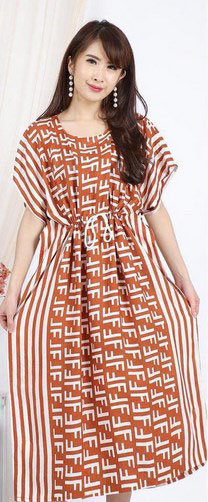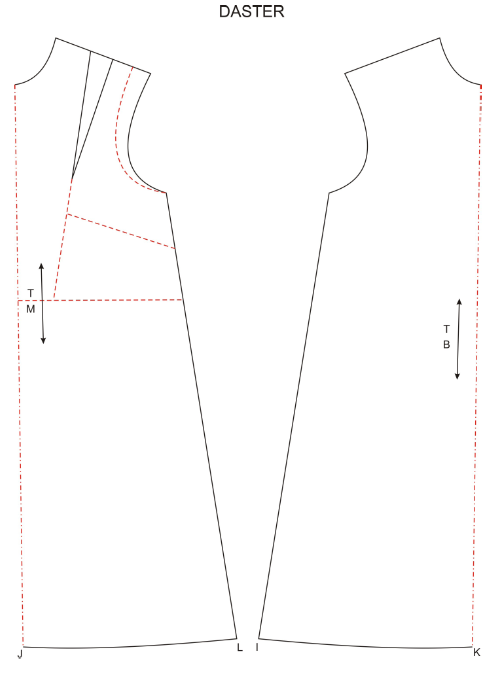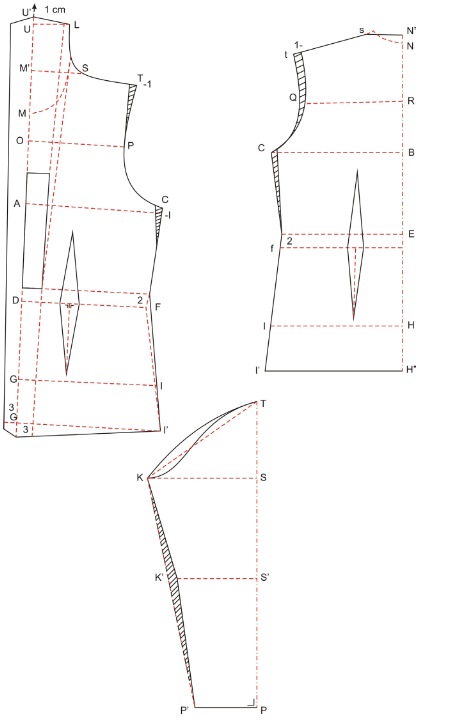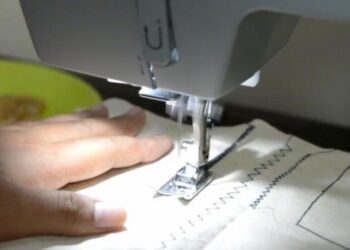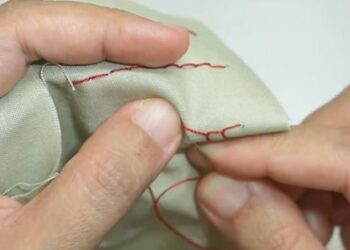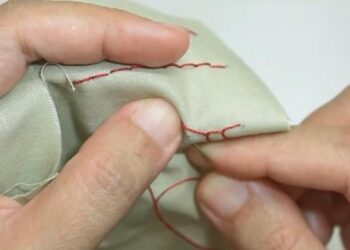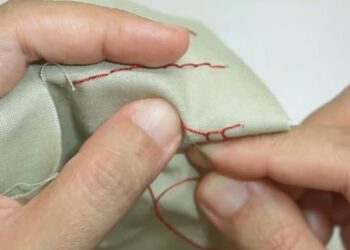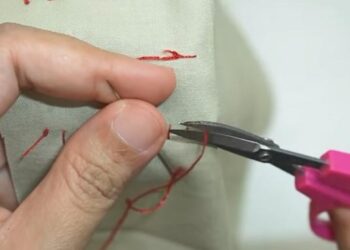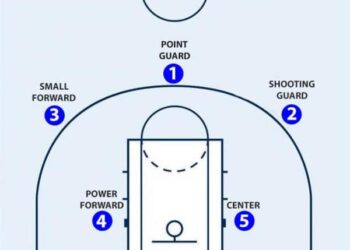Women and fashion are two inseparable things. That’s why women often pursue the latest fashion in appearance. Of course because they want to look beautiful and attractive.
In sewing women’s clothes, we need to know the development of fashion. But for newly learned tailors, it would be nice if we put fashion aside first. The most important thing is how to make women’s clothes with simple designs, such as daisies and new flea kebaya that we will discuss below.
A. Daster Pattern
Who doesn’t know a daster? Some women, especially housewives, think that daster are the most comforting clothes worn by women. This is because a daster have a very simple cut shape, with a relatively loose size, so it is suitable for doing daily work or just to simply relax.
The shape of the daster pieces does not have much curves, even tends to be straight. Materials for making daster vary greatly, such as t-shirts or cotton materials. The pattern of daster is also diverse. For example, daisies for teenagers, usually made of t-shirts with cartoon doll motifs. While daisies for mothers, usually made of cotton fabric with batik motif or flower motif.
Here’s the standard size of the daster pattern:
|
Size |
Small |
Medium |
Large |
|
Bust |
84 cm + 4 cm = 88 cm |
88 cm + 4 cm = 92 cm |
90 cm + 4 cm = 94 cm |
|
Chest |
32 cm |
33 cm |
34 cm |
|
Widht Chest |
31 cm |
32 cm |
33 cm |
|
Height Back |
37 cm |
38 cm |
39 cm |
|
Width Back |
33 cm |
34 cm |
35 cm |
|
Widht Shoulder |
12 cm |
12 cm |
13 cm |
|
Hip II |
84 cm + 4 cm = 88 cm |
90 cm + 4 cm = 94 cm |
94 cm + 4 cm = 98 cm |
|
Long Skirt |
58 cm |
60 cm |
65 cm |
Description:
How to make a daster pattern is actually the same as how to create a dress pattern for adult women, it’s just that there are slight changes as follows:
√ JL = AB + 8 cm
√ KI + WU + 8 cm
√ From a straight line point with L’
√ And from point C’ is drawn a straight line with Z’
Daster pattern shape
B. Kebaya Pattern
Kebaya is a traditional blouse that is very identical to Indonesian women. In its use, kebaya is usually combined with batik cloth, jarit cloth, sarong or songket fabric. In the past, the material to make kebaya was very thin, but now the material is diverse with diverse motifs as well.
According to the origin of the word, kebaya is derived from arabic namely ‘Abaya’, which means clothing. Kebaya was originally from China, which then spread to Malacca and Indonesia, especially Java, Sumatra, Bali, and Sulawesi. But in its development, after experiencing cultural acculturation, kebaya was able to be accepted as a local traditional garment. There are other opinions that say that kebaya is indeed a traditional garment native to Indonesia. This is after noticing that the shape of kebaya is different from traditional Chinese clothing often referred to as Cheongsam.
The earliest form of kebaya was first discovered during majapahit kingdom. At that time kebaya was combined with kemben which is often used by women in the kingdom, which at the same time shows that the wearer is an aristocrat. Kebaya made the bodies of women at that time wrapped up innocently and simply, so that it was acceptable to islam which at that time was also growing rapidly.
Here are the conditions in the new kebaya kutu pattern:
Front pattern:
Point shifted to the right 1 ½ cm
S – L = the back neck that has been raised 1 ½ cm.
From point L perpendicular to left with line extension.
M’M pointing to U.
From U – U’ up to 1 cm more higher
Back pattern:
The pattern of the back of the neck is enlarged to the wide 1 ½ cm.
Arm pattern:
K – S = 1/10 body + 9 cm
T – S = Shoulder
T – p = Arm
T – S’ = Elbow Length
S’ – K’= ½ Elbow Circle
P’ – P = ½ Wirst
New kebaya kutu pattern:


